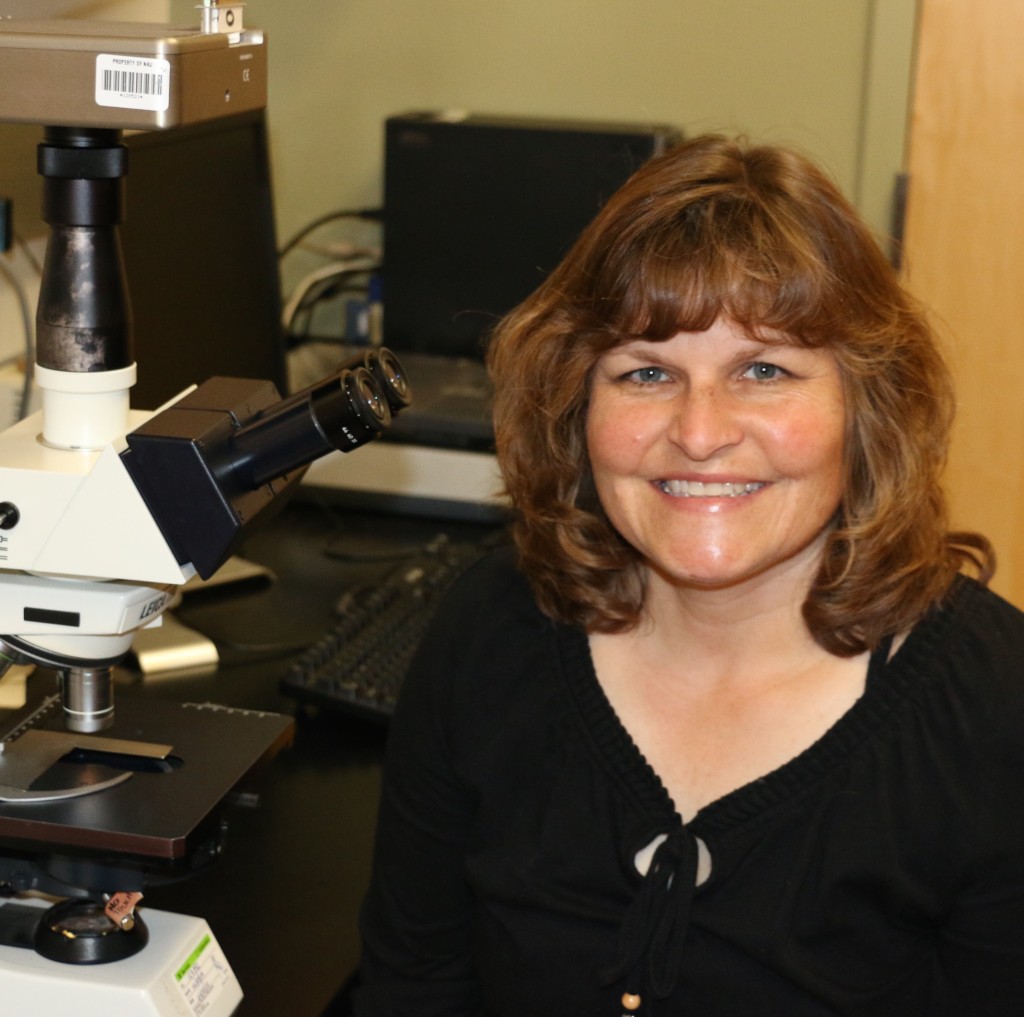Much like healthy bacteria in one’s gut supports health of the human body, fungus in soil can be integral to survival of trees. NAU researcher Catherine Gehring reached this conclusion while studying pinyon-juniper woodlands in northern Arizona, which support nearly 1,000 unique species.
“Just like the human microbiome, plants have a micro biome. It just tends to be fungi instead of bacteria,” Gehring said. “Every tissue of a plant that you look at has fungi inside of it and we are trying to figure out what they do and if they are going to be important for allowing plants to survive climate change.”
Along with a team of researchers, Gehring is studying pinyon pine trees and their susceptibility to severe drought conditions. While many tree species become vulnerable to insects during drought conditions, Gehring’s team discovered a twist: the pinyons that were insect-resistant were not surviving the drought.

“That group of trees had 60 percent mortality and the group susceptible to insects had only 20 percent mortality,” Gehring said.
The answers to this mystery were underground. The group of drought-tolerant trees a different community of beneficial fungi than the trees that died during drought.
Offspring from the two groups, when planted in a greenhouse without fungi, grow to the same size. When the beneficial fungus is included in the soil, the community of fungi associated with drought tolerant trees allowed their seedlings to grow much larger in drought conditions.
Fungi often manifest above ground as mushrooms, but in northern Arizona’s pinyon habitat, the microorganisms are primarily below ground. The species of fungi that are so important during drought are new to science, Gehring said.

There is an interchange after fungi set up residence among roots: fungus gives the tree nutrients and water from the soil and the tree takes sugar from photosynthesis and shares it with the fungi.
Gehring believes understanding the processes and contributions of fungi could have consequences for many species. As warming conditions kill off families of trees, restoration best practices could include replanting and supplementing with fungi-rich soil.
Experiments are conducted in a greenhouse, at field sites and a research garden northwest of Flagstaff.



